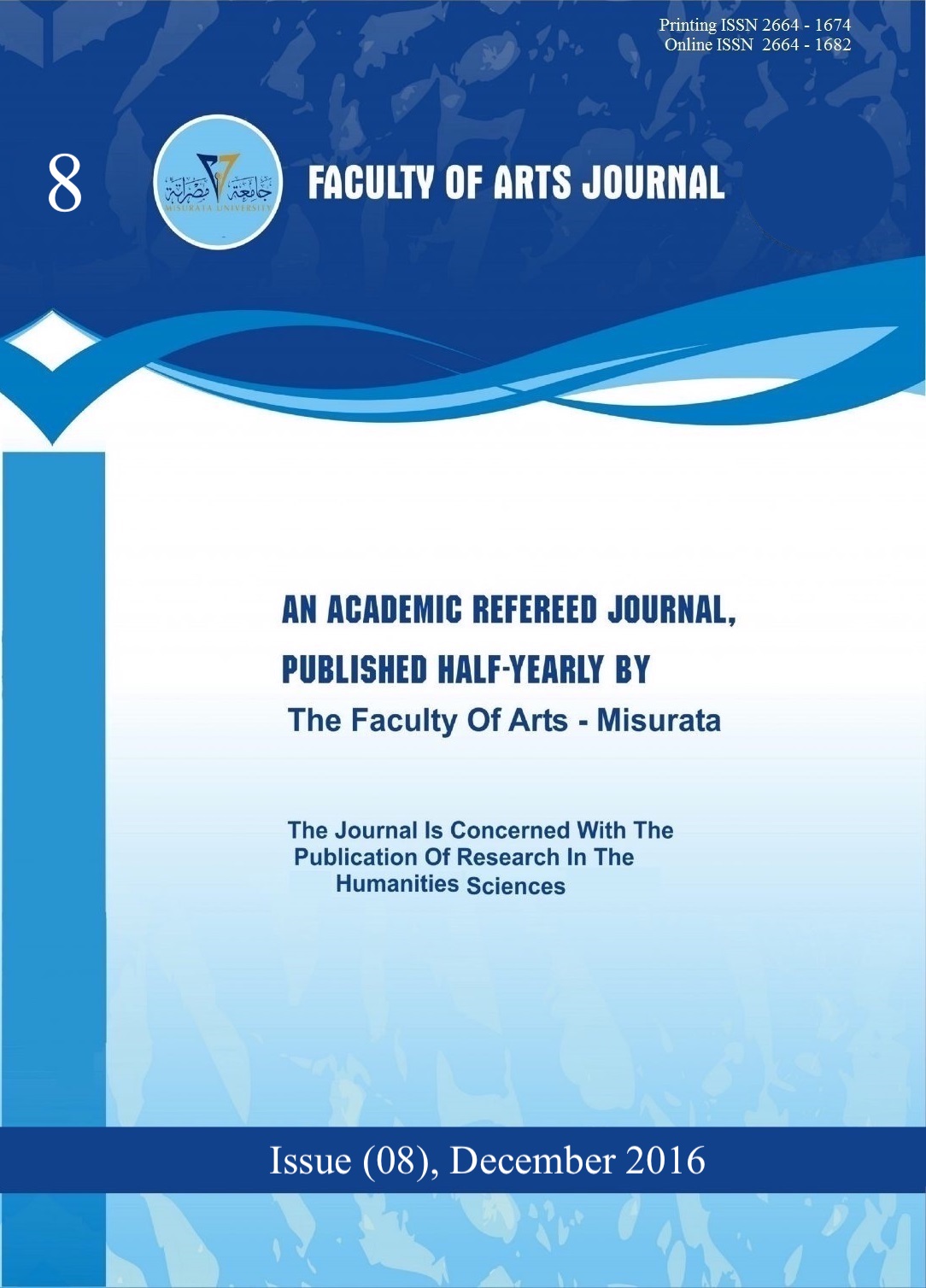Burnout and Its Relationship with Job Satisfaction Among Secondary School Teachers
DOI:
https://doi.org/10.36602/faj.2016.n08.04Keywords:
Burnout, Job satisfaction, Teachers, Secondary educationAbstract
This study aimed to examine the relationship between burnout and job satisfaction among secondary school teachers in Misurata, considering gender and teaching experience as variables. The researchers adopted a descriptive correlational method, and the study was conducted on a sample of 93 teachers, representing about 7% of the total population of 1,369 teachers. The results revealed statistically significant correlations at the 0.05 level between dimensions of burnout (emotional exhaustion, depersonalization, and reduced personal accomplishment) and several aspects of job satisfaction, such as administration, educational supervision, incentives, and salaries. A significant relationship was also found between depersonalization and reduced personal accomplishment. However, no correlation was found between teachers' evaluation of their profession and any burnout dimensions. Statistically significant gender differences were found in favor of female teachers in variables like incentives, salaries, school environment, social dimension, and professional evaluation, with no differences in administration and supervision. Regarding experience, significant differences were found only in administration and teacher-related dimensions, favoring those with 5–10 years of experience. Based on these findings, the researchers recommended balancing job responsibilities across genders and proposed further studies on burnout and job satisfaction among basic education teachers.
Published
How to Cite
Issue
Section
License
Copyright (c) 2016 عمر مصطفى النعاس ، هاجر منصور

This work is licensed under a Creative Commons Attribution 4.0 International License.
All works published in this journal are licensed under the Creative Commons Attribution 4.0 International License (CC BY 4.0), which permits use, sharing, adaptation, and redistribution for any purpose, including commercial ones, provided that proper credit is given to the original author and source, a link to the license is provided, and any changes made are indicated.

















